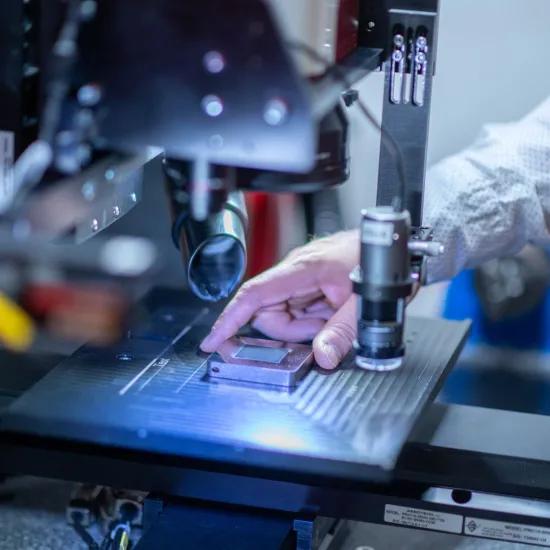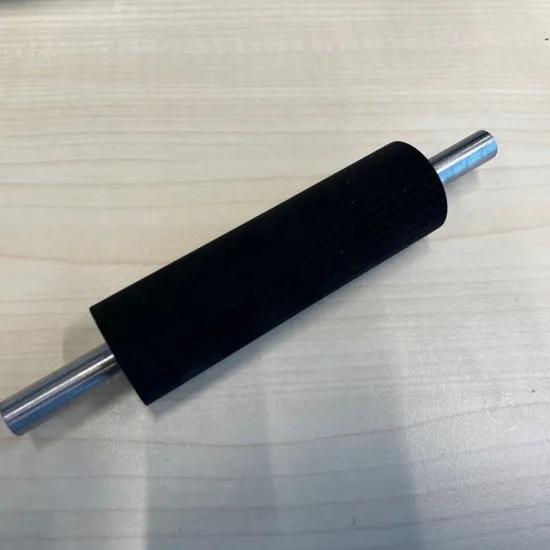Vibrational response plays an essential role in the performance of machine tools and machining processes, which directly affects the material removal rate and workpiece surface quality, as well as dimensional and form accuracy. It is, however, still a topic that is least understood in manufacturing science.
In industry, even today, the machining parameters are still chosen primarily through empirical testing and the experience of machine operators and CAM programmers. While the tool supplier’s database can help to a certain extent, it loses relevance for all kinds of machine tools used and work piece materials being machined. This traditional way of determining parameters is rather expensive, time-consuming and hardly produces a part first-time-right.
Online and offline approach
The solution to this is a better understanding of the machining dynamics and usage of the right tools to model the machining behaviour. This will help to make the right choices in tooling, cutting parameters and sometimes even the right machine for maximum productivity and part quality. Some tools such as 'tap testing' can help in measuring the dynamic response of the cutting tool, taking the tool, tool holder, spindle and the machine tool into account. The responses measured with tap test is then used for mapping the stability zones for the given scenario, i.e. considering the application in hand.
Modelling the vibration behaviour while machining can be achieved in two ways, by an offline or online approach. In the offline approach, the dynamic response is measured with static experiments such as the tap test. In the online approach, the dynamic response can be measured real-time during the cutting process with the help of sensors. We have discussed one such solution from Schunk’s iTENDO in our previous blog post. A combination of analytical modelling (offline) and sensor based technologies (online) helps us to better understand the machining behaviour and to identify the right sensor technology for process monitoring before making an investment. Of course, it goes without saying that companies, especially SMEs should be aware of the clear benefits that a technology can bring to ensure the best ROI.
We have created a short demo video which explains the two methods and to show how they go hand in hand. Here you can observe the stable regions of cutting are first predicted using a tap test, which is an offline approach. Then the actual machining is done and the and the signals are captured real-time to see the validity of the prediction made earlier.
At Sirris, we will further explore the use of such sensors for different materials and conditions, and validate the modelling efforts to be done. We have recently launched a COOCK project (funded by VLAIO), on the topic of adaptive machining, in which easy to implement modelling tools will be developed and made available through an online platform. We believe that these tools will help the Flemish manufacturing industries to gain a competitive edge in the global market. Contact us to know more about these projects, or to share ideas on these topics and to explore further collaboration opportunities!





